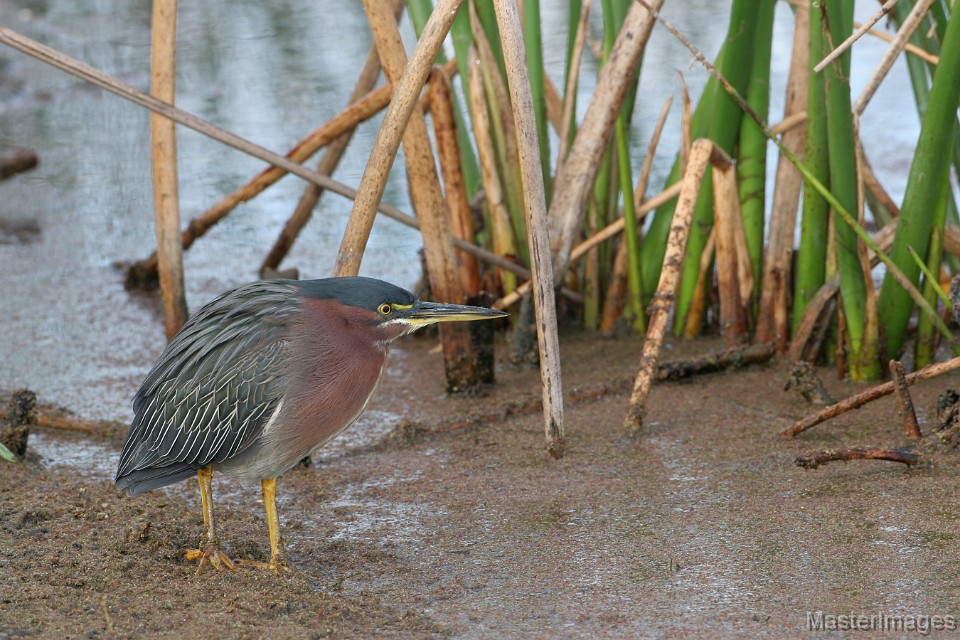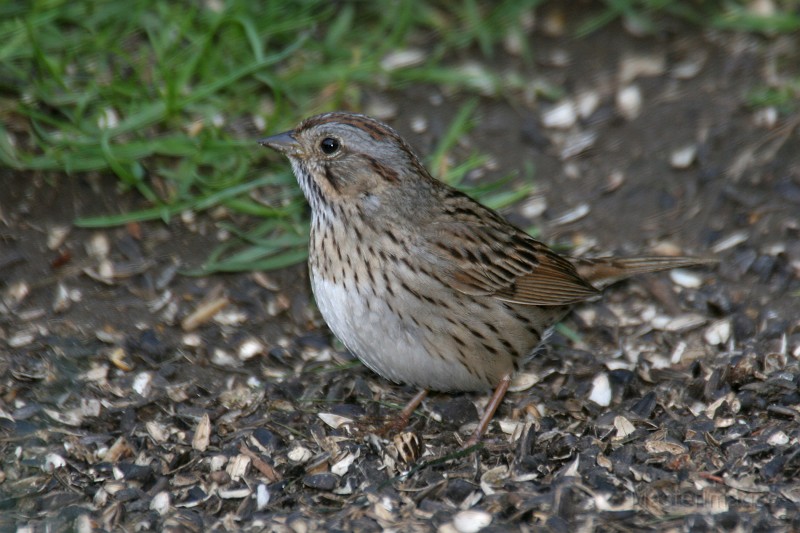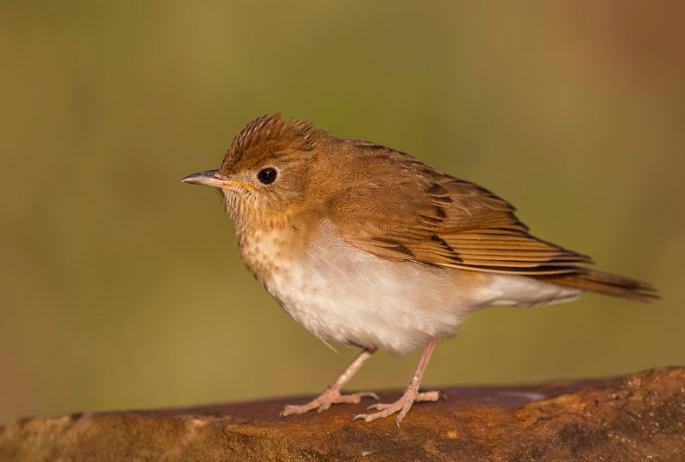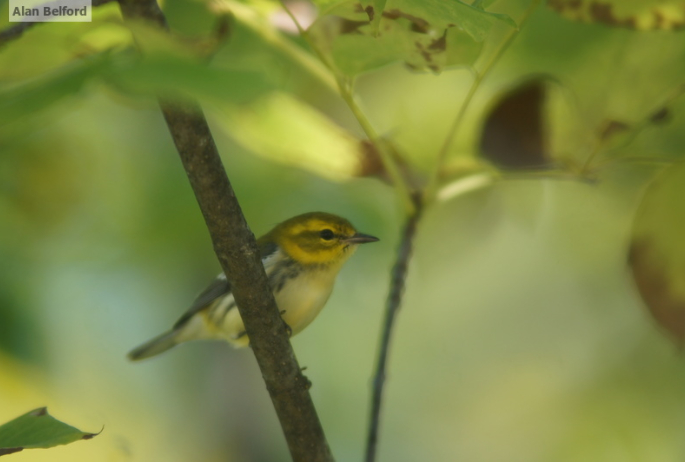A beautiful morning
It was a sunny and warming morning when Wren, my dog, and I set off along the Bloomingdale Bog Trail to do some birding. We had walked the north end of the trail off Route 55 in Bloomingdale the previous week to check out the Gray Jays, but on this day we were hiking from the south entrance off Route 86 north of Saranac Lake. Wren and I often walk there, but my plan on this trip was to walk a bit further than we usually do.

Birds at the marsh
I paused along the marsh at the beginning of the trail to listen to a couple Veeries singing along the brushy habitat along the powerline, quickly adding a Rose-breasted Grosbeak, Chestnut-sided Warbler, American Redstart, and Common Yellowthroats as well. Red-winged Blackbirds and Common Grackles called and flew around the marsh, and Swamp and Song Sparrows sang from the cattails and bushes. At her usual spot, Wren dived into the water after a stick, and as she was enjoying her swim I noticed a Green Heron hunkered down like a small statue on the edge of the cattails. I don’t often see Green Herons in the middle of the Adirondacks so this was a nice early morning find.
Hiking through the Bog
I watched the heron for a minute or so but it never moved, and so with Wren cooled off for our hike, we started into the woods where we were immediately attacked by marauding bands of mosquitoes. They love that stretch of trail and anyone who has spent time in the outdoors in the Adirondacks this summer can attest that both the mosquitoes and deer flies have been quite menacing. With the bugs buzzing at our heels, we picked up the pace to give them less chance to bite, and hoofed it down the trail so we could get into the open bog where the sun would likely help keep the mosquitoes at bay. I kept looking and listening for birds all the same, adding species like Ovenbird, Northern Parula, Hermit Thrush, Pileated Woodpecker, Yellow-bellied Sapsucker, Winter Wren, Brown Creeper, Black-throated Blue Warbler, and Black-throated Green Warbler.

Once out of the woods, we lost a portion of our insect retinue, and slowed our pace. White-throated Sparrows and Alder Flycatchers sang and called from the bushes and alders along the trail, and Wren again dived in the water for a swim – perhaps this time it helped sooth any itching bug bites she had just received.
We eventually made our way north into the heart of the bog where the open bog mat stretched out on either side of us – echoing with the songs of White-throated Sparrows, Lincoln’s Sparrows, and Palm Warblers. Hermit Thrushes and Nashville, Magnolia, and Yellow-rumped Warblers sang from the conifers which lined the path and the distant edge of the bog, and small groups of Black-capped Chickadees and Red-breasted Nuthatches called and flitted in the trees along the railroad bed.
Northern Flickers also fed along the trail – popping up from the ground here and there as we hiked. They were evidently finding ants or something else to their liking. With so many birds around us, I paused regularly to watch them – including a Palm Warbler bobbing its butt and tail as it hopped along a branch with a mouthful of food to take to its nest, or a Lincoln’s Sparrow scold me – agitated with my presence. It too likely had a nest or fledged young nearby.
And while my attempts to take photos of the birds were not particularly successful, it was great to see so many species and colors in such a short period of time. Soon I had spotted a couple Eastern Bluebirds and heard a Savannah Sparrow - both of which like the open bog habitat – as well as a hunting Northern Harrier, the latter swooping low in search of prey.
We walked almost as far as the bridge which crosses Two Bridge Brook, and I stopped and listened for Olive-sided Flycatcher. It is the best area along the trail to find them. But I came up empty on that effort and with the sun growing warm on the open bog mat and the deer flies enjoying that far too much for our liking, we turned and started walking the couple miles back to the car.
As soon as she had the chance, Wren was back in the water along the trail for a quick dip and a long drink, repeating this process as often as she could. For my part, I wanted to join her, but settled for sipping from my water bottle and having a snack instead. We arrived back at the car tired, hot, and happy, enjoying the air as it raced through the windows on our drive home.
Summer and fall present excellent birding and hiking opportunities in the Olympic Region. Plan your trip today with our lodging and dining pages.










